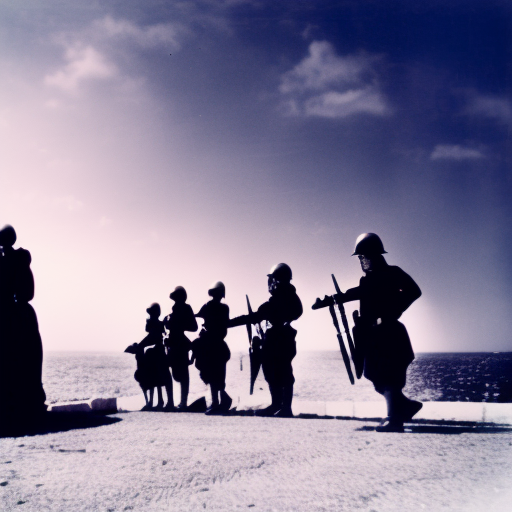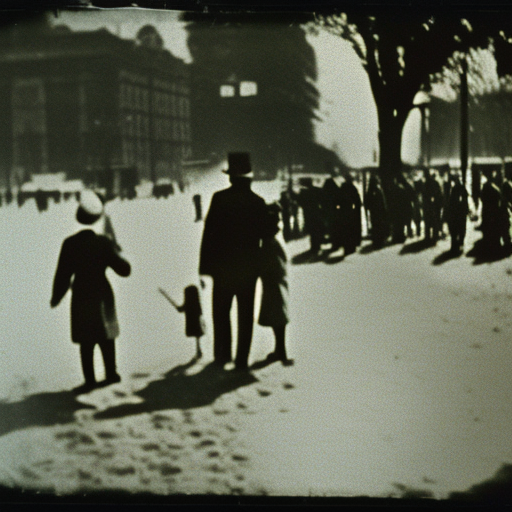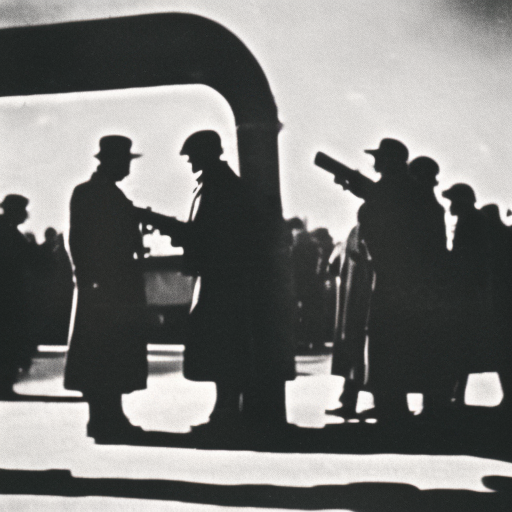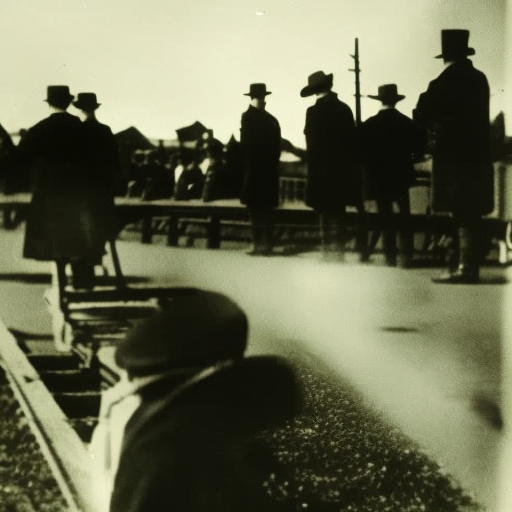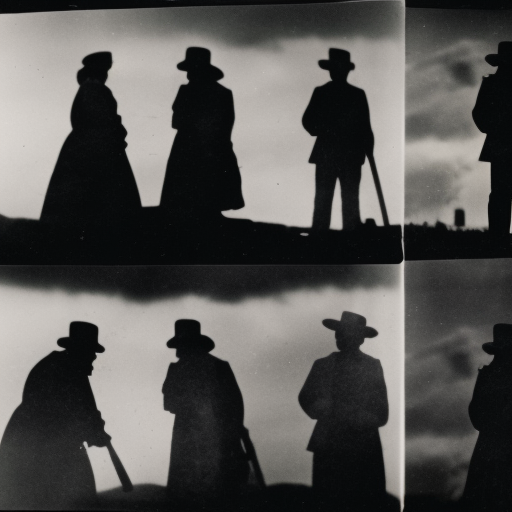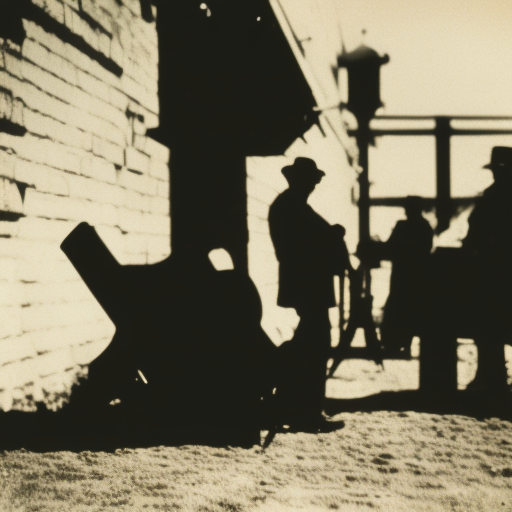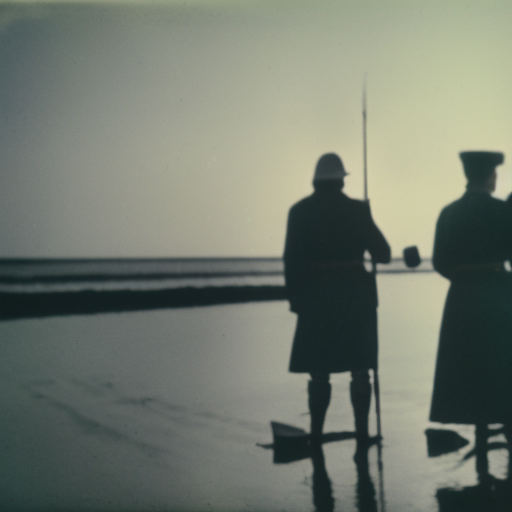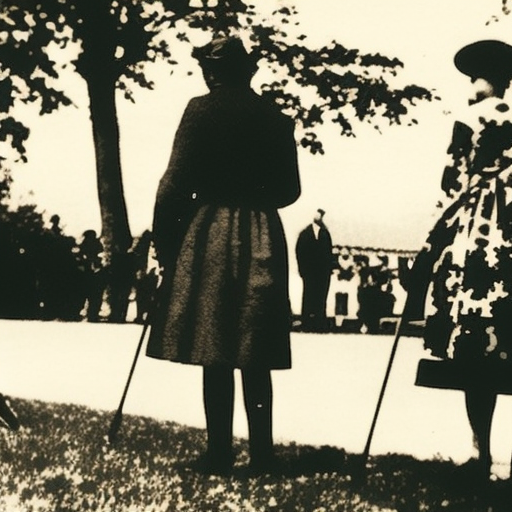‘The Radetzky March’ by Joseph Roth is a poignant and sweeping novel that explores the decline of the Austro-Hungarian Empire through the story of three generations of the Trotta family.
The Siege of Malta (1565) Explained
The Siege of Malta (1565) was a pivotal battle between the Ottoman Empire and the Knights Hospitaller, resulting in a Christian victory and halting Ottoman expansion into the Mediterranean.
The Non-Aggression Pact (1939) Explained
The Non-Aggression Pact (1939) was a treaty signed between Nazi Germany and the Soviet Union, which temporarily ensured peace between the two countries before the outbreak of World War II.
The Anschluss (1938) Explained
The Anschluss (1938) refers to the annexation of Austria by Nazi Germany, marking a significant step towards Adolf Hitler’s goal of creating a Greater German Reich.
The Assassination of Archduke Franz Ferdinand (1914) Explained
The assassination of Archduke Franz Ferdinand triggered the start of World War I.
The Triple Alliance (1882) Explained
The Triple Alliance was a defensive alliance formed in 1882 between Germany, Austria-Hungary, and Italy, which aimed to maintain the balance of power in Europe.
The Dual Alliance (1879) Explained
The Dual Alliance was a defensive alliance formed between Germany and Austria-Hungary in 1879, aimed at countering potential threats from Russia.
The Battle of Austerlitz (1805) Explained
The Battle of Austerlitz was a decisive victory for Napoleon Bonaparte’s French forces against the combined armies of Austria and Russia during the Napoleonic Wars.
Goodbye to Berlin Summary
Goodbye to Berlin” by Christopher Isherwood is a poignant and vivid collection of interconnected stories set in 1930s Berlin, capturing the city’s decadence, political turmoil, and the lives of its diverse inhabitants.
The Treaty of Nystad (1721) Explained
The Treaty of Nystad (1721) marked the end of the Great Northern War and solidified Russia’s emergence as a major European power.
The Treaty of Utrecht (1713) Explained
The Treaty of Utrecht (1713) was a series of peace agreements that ended the War of the Spanish Succession and reshaped the balance of power in Europe.
The Habsburg Dynasty Explained
The Habsburg Dynasty was a powerful ruling family in Europe for over six centuries, known for their extensive territorial holdings and strategic marriages.










